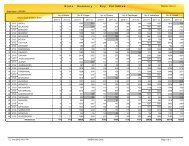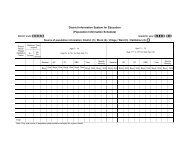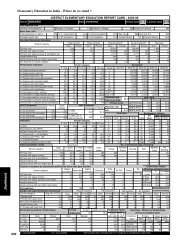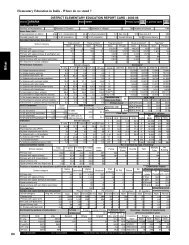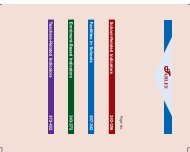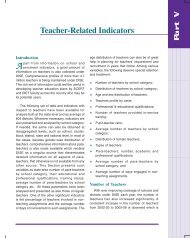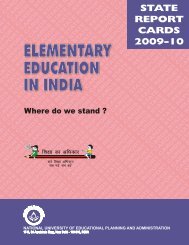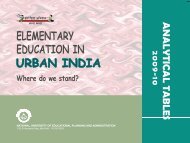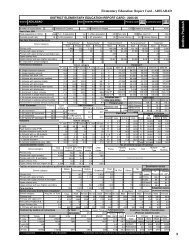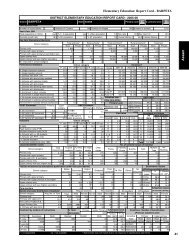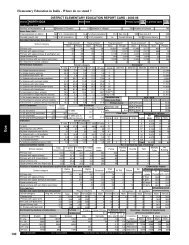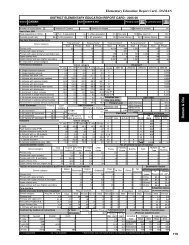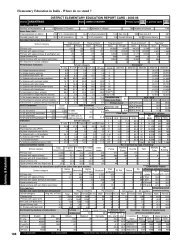Volume II - DISE
Volume II - DISE
Volume II - DISE
Create successful ePaper yourself
Turn your PDF publications into a flip-book with our unique Google optimized e-Paper software.
1. Introduction<br />
Ever since its inception, the Sarva Shiksha Abhiyan (SSA) has emphasised decentralised planning of<br />
education with a focus on district planning. It envisaged achieving goal of universal elementary education<br />
by 2010. All the States and Union Territories of the country are covered under SSA. In order to operationalise<br />
this premise into reality, considerable amount of educational and allied data is required for each district. It<br />
was in this context that the District Information System for Education (<strong>DISE</strong>) was designed to provide<br />
district and sub-district level school data for planning, monitoring and review of various project interventions.<br />
The <strong>DISE</strong> data received from schools are computerised at the district level and disseminated up to the<br />
school level in various ways. The data capture formats; definitions and concepts used for data collection<br />
are available at www.dise.in which is being followed uniformly across the states. The School Report<br />
Cards are available at www.schoolreportcards.in.<br />
2. District Report Cards<br />
Since 1999, efforts are being made to share the district level data with the educational planners,<br />
administrators and the data users in the form of District Report Cards. In addition to print material, a<br />
variety of dissemination strategies, including CDR and web publishing, were adopted to improve availability<br />
of district level data to the data users. From the year 2001-02, the scope of <strong>DISE</strong> was extended to cover<br />
new data elements as well as to expand the scope to the whole of the elementary education sector. The<br />
present volumes present the District Report Cards (<strong>Volume</strong> I & <strong>II</strong>); 2008-09 and contain a comprehensive<br />
district-specific database on elementary education in India. The District Report Cards incorporate information<br />
on the following important areas of elementary education:<br />
a) Basic data on population, literacy, sex ratio, number of blocks, villages, clusters and schools from<br />
which data is reported is presented for all districts except hose created after 2001 Census. In bifurcated<br />
districts, it is not possible to project child population in the absence of which a few key indicators<br />
are not presented for such districts.<br />
b) Key data on elementary education in terms of number of schools, enrolment, and teachers classified<br />
by school-category and school management (Government & Private). Details of schools and<br />
enrolment in rural areas are also made available category-wise and management-wise.<br />
c) Grade-wise and level-wise enrolment along with percentage of over-age and under-age children at<br />
primary and upper primary levels of education in each district.<br />
d) Examination results for the previous academic session for the terminal class at primary and upper<br />
primary levels of education.<br />
e) Classrooms categorized into good condition, requiring minor and major repairs by school category.<br />
f) Number of schools by category and by type of building.<br />
g) Distribution of regular and contractual-teachers by educational and professional qualifications and<br />
by school category.<br />
h) Sex-wise enrolment of children with disabilities in primary and upper primary classes.<br />
i) Gender and caste distribution of regular and contractual-teachers and proportion of teachers<br />
undergoing in-service teacher training by school category.<br />
j) Enrolment by mediums of instruction and by school category.<br />
k) Number of students benefited by various incentive schemes at primary and upper primary levels.<br />
xvii




